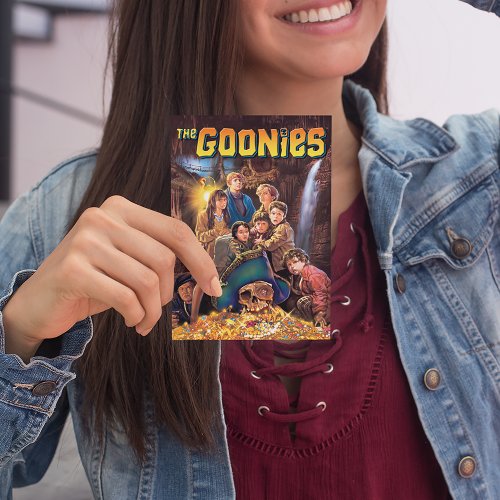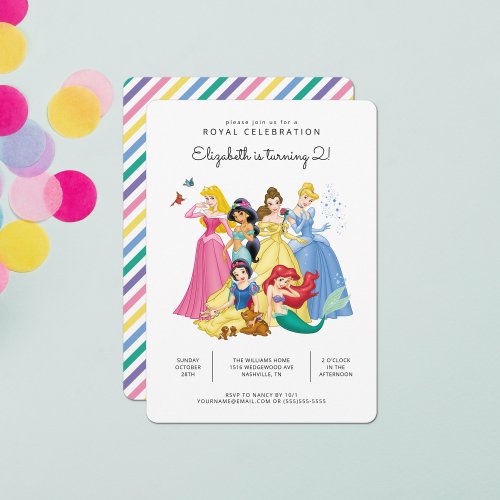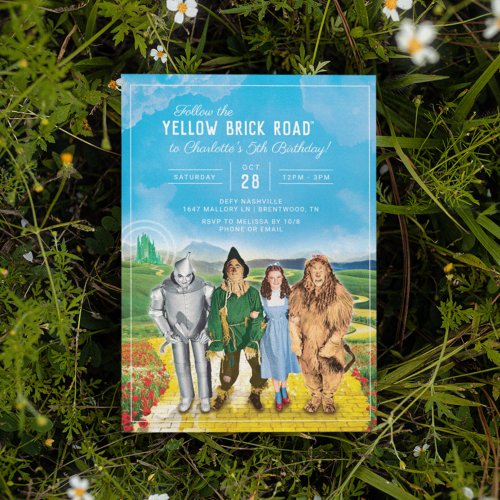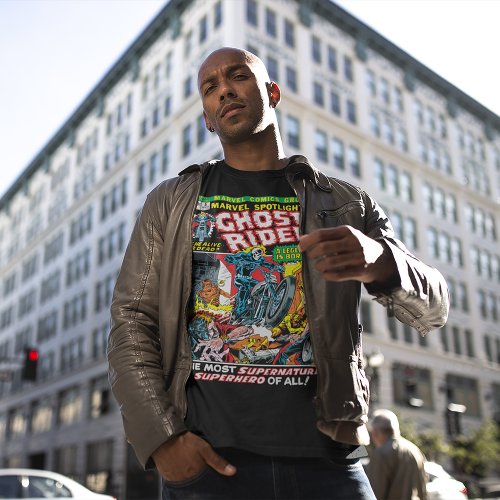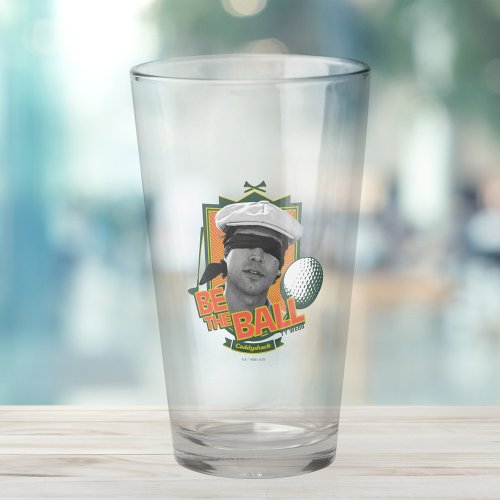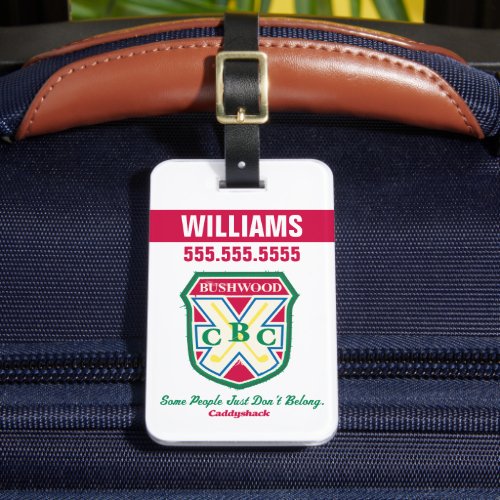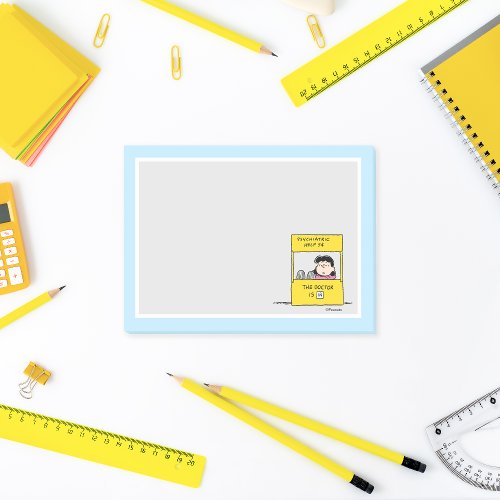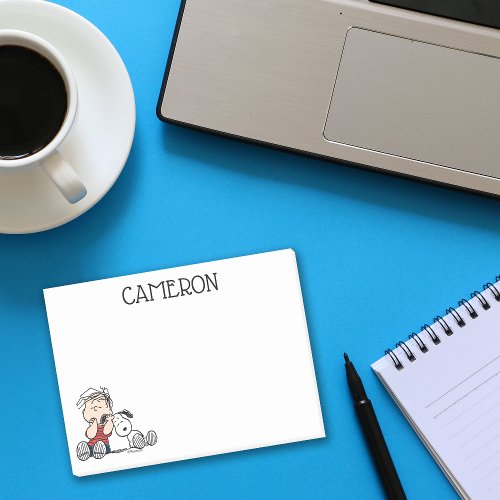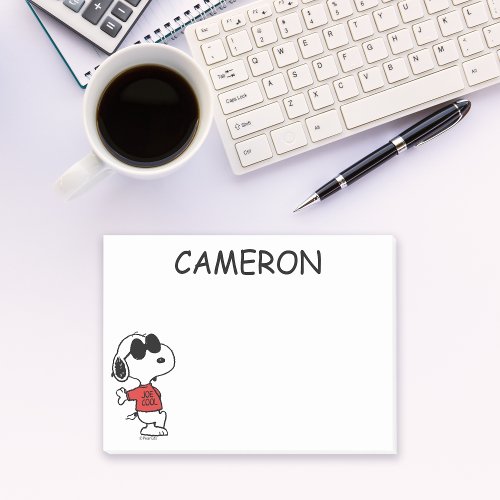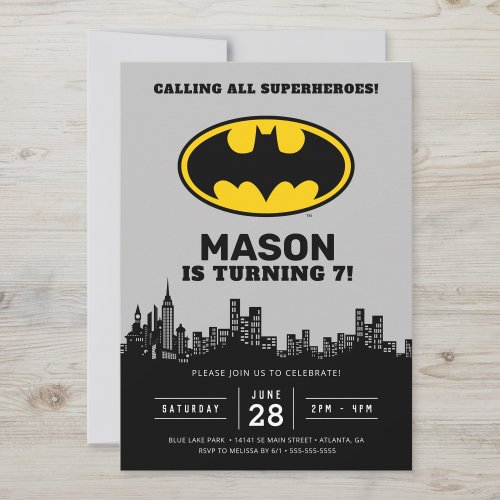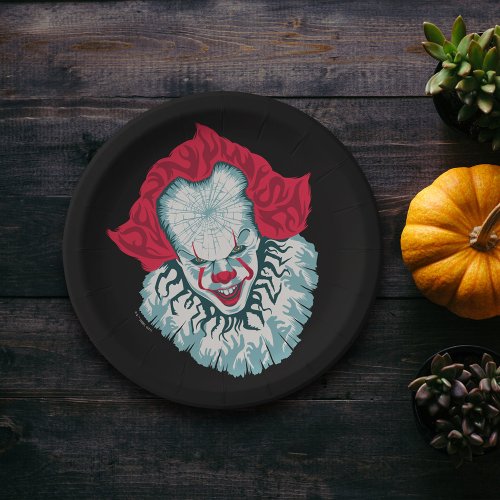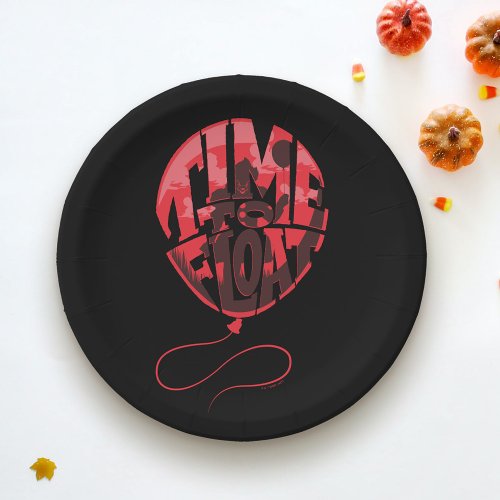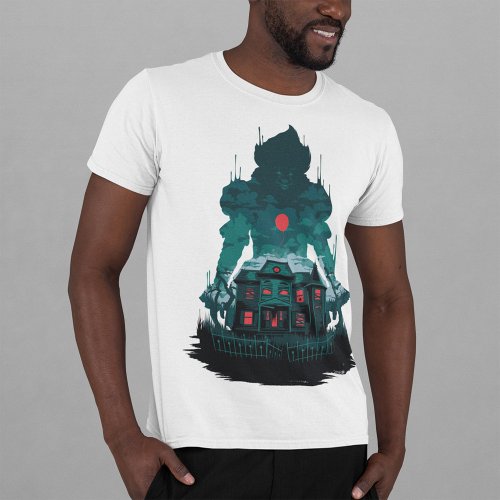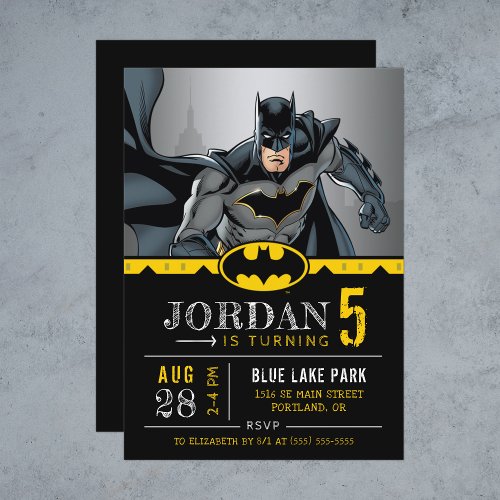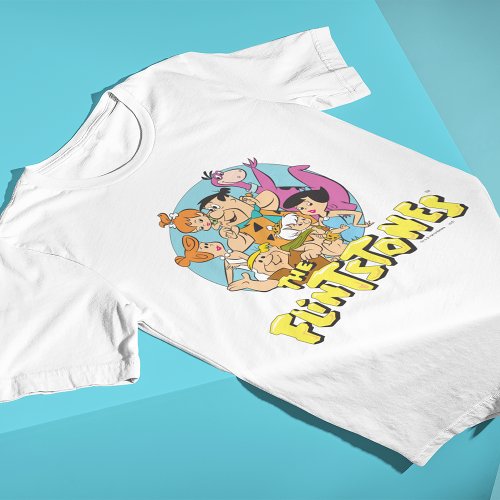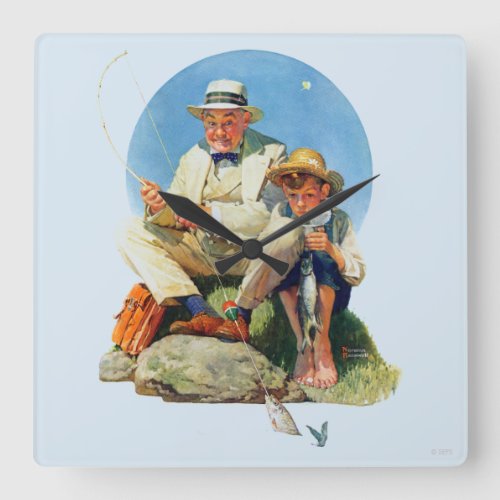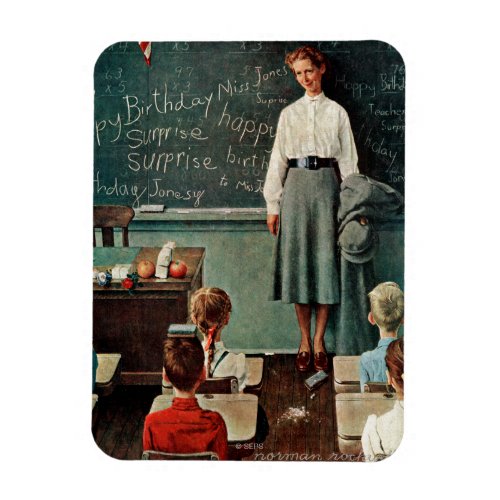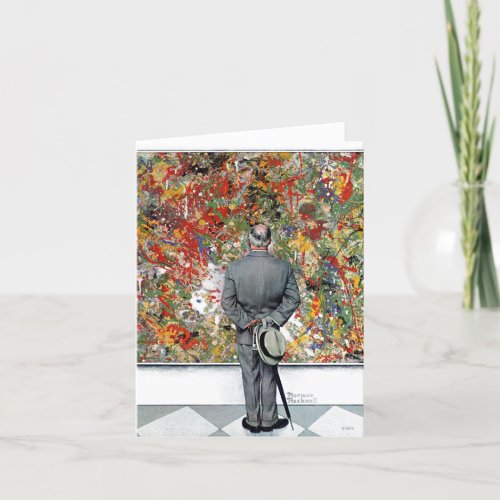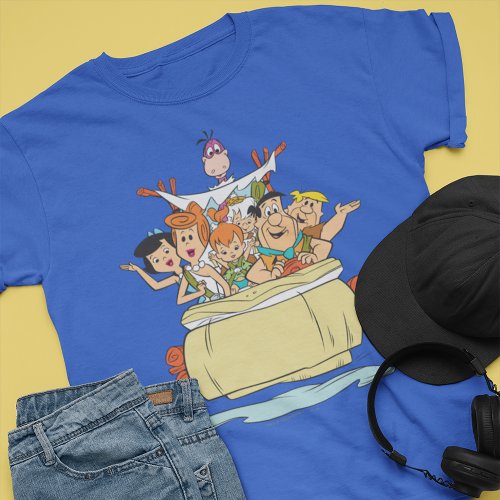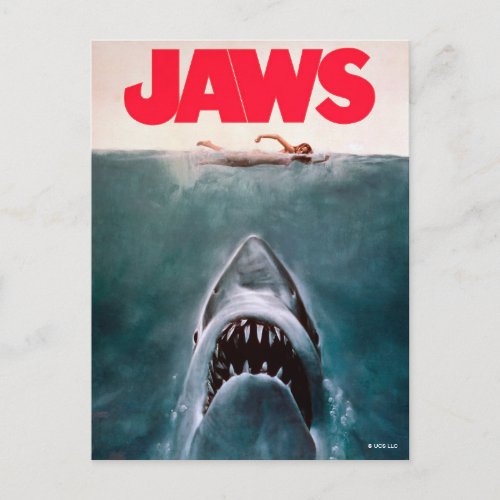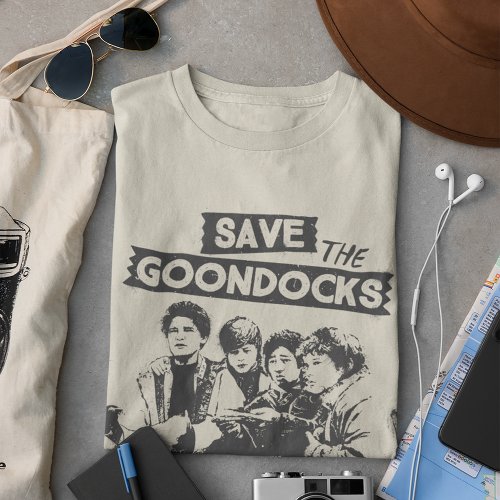The following is a list of jobs in the media industry and related terms. Some are career oriented‚ while others are a way to get your foot in the door.
Acting
Acting is the process of portraying characters written in a screenplay through an interpretation. There are opportunities in film‚ TV‚ direct to DVD products and advertising campaigns‚ such as commercials and corporate presentations. The best way to define a film actor is as an entity that embodies a film role.
Animal Performers
Animal appeal has been used by the film industry to attract audiences since the early days of film. In Hollywood, animals are rented from nearby ranches or from trainers who specialize in particular species or breeds. Animal "acting" is achieved only after exhaustive training (animals are customarily tricked into performing by the instant gratification of a morsel of food), patience (easily frightened animals are sometimes given tranquilizers), clever cutting (shots of an animal’s aimless movements are later edited to appear as logical to the film’s action), and a variety of other special techniques (several look-alike animals are frequently used for the same role).
Animator
The animation industry has its own set of professionals that specifically work on phases of a project. Some develop characters‚ while others paint animation cels. Because of great innovation in the field‚ there are now opportunities to work in animation studios‚ film and television projects and more. 3D animation is the what many animation studios are turning to‚ as many of the top grossing films in recent years have been animated. Visit www.awn.com for complete information on career choices and schools dedicated to animation training.
Art Director
The art director is in charge of costumes‚ set design and anything that involves the craft aspect on a film set.
Assistant Director
The assistant director is the film set referee. His job is to keep everything going smoothly and on schedule and maintain peace among the cast and crew. The AD also prepares call sheets on set.
Best Boy (Electric and Grip)
Also known as the first assistant electrician. The best boy reports directly to the gaffer. The second in command of any group can also be referred to as the best boy. This crew member works closely with the Gaffer.
Boom Operator
Usually refers to the microphone aimed toward the sound to be recorded on a film set. Boom mics are usually handled by sound technicians or the best boy.
Cable Operator
This crew member is responsible for the handling of all sound-related cables. The Cable Operator has to lay the cables, tape the cables, and drag the cables to follow the camera.
Call Sheet
A call sheet is a list of required actors for a scene about to be shot.
Camera Operator
Also known as a cinematographer, this individual is responsible for rolling the cameras and stopping them on the director’s cue.
Cast
A list of actors involved in a film.
Casting Director or Associate
The casting director is in charge of selecting actors to fill roles in a screenplay. Individual in charge of the casting process where actors are reviewed to see if they match the character description of a particular character in a motion picture’s script.
Cinematographer
The cinematographer makes decisions based on the visual aspects of a film – from camera and lens choices to lighting design and film stock decisions.
Concept Artist
Individual responsible for creating conceptual drawings and/or paintings based on ideas or the script of a film. These drawings help the director, producer, and other members of the creative aspects of the film conceptualize the film and decide what looks best.
Consultant
An expert in any particular field who is hired as a consultant on a motion picture set to ensure the accuracy of details in his specialized area. A former naval officer may be asked to give advice on the workings of a submarine, or a native of Nepal to authenticate background details concerning his country from customs to costumes.
Costume Designer
Person who designs the clothing worn by the actors in a film. They usually provide fashion sketches that relate to the feel and time period of a project. Approval must be received from the producer, director, and the art director.
Crew
Refers to all who work behind the scenes on a film.
Critic
A critic publishes an analysis of a finished film judging its artistic and entertainment qualities.
Dialog Coach
The dialog coach assists actors in delivering the manner of speaking required for each role in a film.
Dialog Editor
The sound editor that specializes in editing a film’s dialog.
Director
The director is the chief artistic force behind a film bringing together and facilitating all aspects including the script‚ the actors and cinematography. Directing has not changed drastically since the beginning of cinema. Since the birth of sound movies, the main phase of directing has involved the orchestration of the action being filmed, which assures that the action and dialogue correspond to a certain vision of the screenplay, properly transforming the scenario into action, light, and sound.
Director of Photography (DP)
The cinematography in charge of making the director’s idea of a scene a visual reality. The DP sets up the tone of a scene‚ through the use of lighting‚ color and putting filters on camera lenses. Often referred to as the "DP" by the film crew.
Documentary
A film whose narrative is derived from nonfiction and does not feature actors.
Dolly Grip
The dolly grip is in charge of moving or driving the dolly. A dolly is a small vehicle or truck that helps transport the camera and its crew.
Editor
An editor takes the raw footage and special effects shots of a film and cuts it together. Assembly is the process of cutting raw material into a rough film draft in order to manage continuity and get a sense of the big picture.
Executive Producer
The producer who is involved in the overall production and its finances and not involved in any technical aspects. They get funding from their own assets‚ film studios or custom financing (including banks‚ mortgage lenders and other financing institutions.)
Extra
An extra is usually an unpaid actor who fills roles where non specific‚ non–speaking background characters are needed.
Foley Artist
The individual responsible for creating sound effects to be used in a film in a controlled environment. A foley artist can get very creative in his/her search for what makes the perfect sound to achieve a particular effect. For example, most punching sounds heard in movies are often a few stalks of celery wrapped in a wet cloth which is placed on a leather cushion and smacked with a stick.
Gaffer
The Gaffer serves as the chief electrician and works with the Director of Photography with lighting setup and electronics support.
Grip
Grips are in charge of any moving equipment or set pieces during a shoot. A handyman who is considered the movie set’s equivalent to the stagehand of the theater. He performs tasks that generally require physical strength.
Hair Supervisor
Person in charge of any hair styling applied to an actor.
Key Grip
The head grip on a film set, who is in charge of the group of electricians, which usually numbers from five to fifteen. Sometimes the Key-Grip’s responsibilities include looking after the physical integrity of the structures built by the construction department. Budgeting, tracking costs, and generating reports are occasional concerns of the Key Grip.
Loader
The individual responsible for loading a camera with a new roll of film as needed or requested.
Location Manager
The person who scouts for the location to shoot at.
Make-up Supervisor
Individual in charge of any make-up applied to either an actor’s face or to a puppet. The actor or puppet is generally made-up before filming, but during filming, sometimes the make-up wears off and new make-up must applied on location.
Producer
The producer is the manager of all business and financial aspects involved in making a film. There are many different classes of film producer including associate producers, executive producers, and plain old producers, but the overall task for these people is the same: to help guide the development of all the film elements into a successful motion picture.
Production
Production involves the facilitation of all financial and business aspects of the making of a film.
Production Assistant
Also called a gofer this person is responsible for A person responsible for various odd jobs, such as stopping traffic, acting as couriers, fetching items from craft service, etc.
Production Designer
The Production Designer is responsible for creating the look of the film. He or she is in control of the Art Department and works closely with the Director to make the director’s creative vision a reality. They also source props‚ creates and builds backdrops‚ all to meet the needs of the script.
Production Manager
The Production Manager works to ensure the film is made within the budget available. They may also be responsible for crewing up and negotiating contracts.
Property Master
The person responsible for the availability, maintenance, and placement of all props on the set. In the studio vernacular, he is usually called props.
Runner
A runner is the most junior member of the production team. They will be based either in the office or on location running any errands the production team need to be done. Running is commonly a first job for young people new to the industry.
Screenwriting
Screenwriting is the process of writing a story for a film.
Script Editor
A script editor will work with the Director, Producer and Writers to resolve any glitches in the script to achieve a great final draft.
Script Supervisor
The script supervisor is in charge of keeping track of which scenes have been filmed, deviations from the script and continuity. This individual is responsible for making sure everything looks the same from one shot to the next. This is helpful especially when filming out of sequence. The script supervisor makes sure that actor’s positions, the costumes/clothing, background, and much more is the same from one shot to the next to avoid inconsistencies. For example, if an actor is holding a cup with his left hand, the script supervisor makes sure that in the next shot, that actor is still holding the cup in his left hand.
Second Unit
These are crews that are in charge of filming minor scenes, usually at a separate location.
Security
Any individual who maintains security on a movie set or on location. A security official prevents unwanted persons from interrupting the filming process. Often, security is so tight for the filming of a motion picture that even a director like Steven Spielberg is not allowed onto the set without an official identification badge.
Set Decorator
The person responsible for placing furnishings such as furniture, rugs, lamps, draperies, wall paintings, books, and more around the movie set. This person takes commands from the set designer.
Set Designer
The set designer is responsible for interpreting the production designer’s vision of the story’s setting and creating the filming environment. A draftsman with architectural training, this person’s duty is to sketch plans and list specifications for the building of sets from the verbal descriptions or rough sketches offered by the art director.
Sound Crew
The sound crew is involved in creating a film’s soundtrack through recording, mixing and editing.
Sound Effects
Sound effects are tricks of sound mostly achieved by combining technology, ingenuity and creativity and employed in films to facilitate suspension of audience disbelief. Sounds effects can be recorded on a sound stage or in the field with the use of portable equipment.
Sound Effects Editor
The sound effects editor is in charge of recording, arranging and mixing sound effects on a film’s soundtrack. The individual responsible for taking many different sound tracks, each sound track containing a different sound, and putting them together into fewer tracks or one single track. In doing this, the mixer must delicately balance the different sounds so no sound overpowers and blocks out any other sound.
Sound Engineering
The sound engineer is the master of recorded and mixed audio accompaniment to a film.
Special Effects Supervisor
The Special Effects Supervisor is in charge of the special effects crew. This individual makes sure the special effects crew properly sets effects up according the director’s desire.
Stand–in
A stand-in is a person who resembles a film’s actor and is used as a reference during long setups. Any individual who is similar in body structure and looks to a star actor in a film who can take that actor’s place when it is not necessary to use the actual star actor. An example is when a script calls for a shot of the main character picking up a phone. If the director wants only a close-up shot of the hand and phone, then it is not necessary to call in the star actor just for his hand. Rather, the star actor can take a break while the stand-in appears on camera.
Stop–Motion
A form of filmed animation that involves the frame-by-frame manipulation of objects.
Storyboard
The storyboard is an outline consisting of renderings to illustrate the sequence, flow and general look of a film or scene before filming begins.
Story Editor
An employee of a studio’s scenario department who reads synopses and evaluations of dramatic and other literary properties made by his staff of readers (or story analysts). He/She recommends to his/her production company that a certain property should or should not be made into a motion picture.
Studio
The studio is the company that is in charge of the release and distribution of a film product.
Stunt Coordinator
The stunt coordinator is in charge of designing and scheduling stunt performances. It is this person’s job to make sure the stunt is safe while still realistic.
Stunt Performer
Stunt performers are specially trained act in potentially dangerous scenes, usually in the place of the regular actors.
Technical Advisor
Technical advisors provide advice on the many technical aspects of creating a film. Technical advisors are usually involved on certain aspects of a film‚ including weapons‚ fighting or event specific projects.
Wardrobe Department
The department of a film’s production crew in charge of choosing, creating, storing and maintaining costumes.
Wrangler
The professional on the film set generally in charge of controlling animals used in a film production.

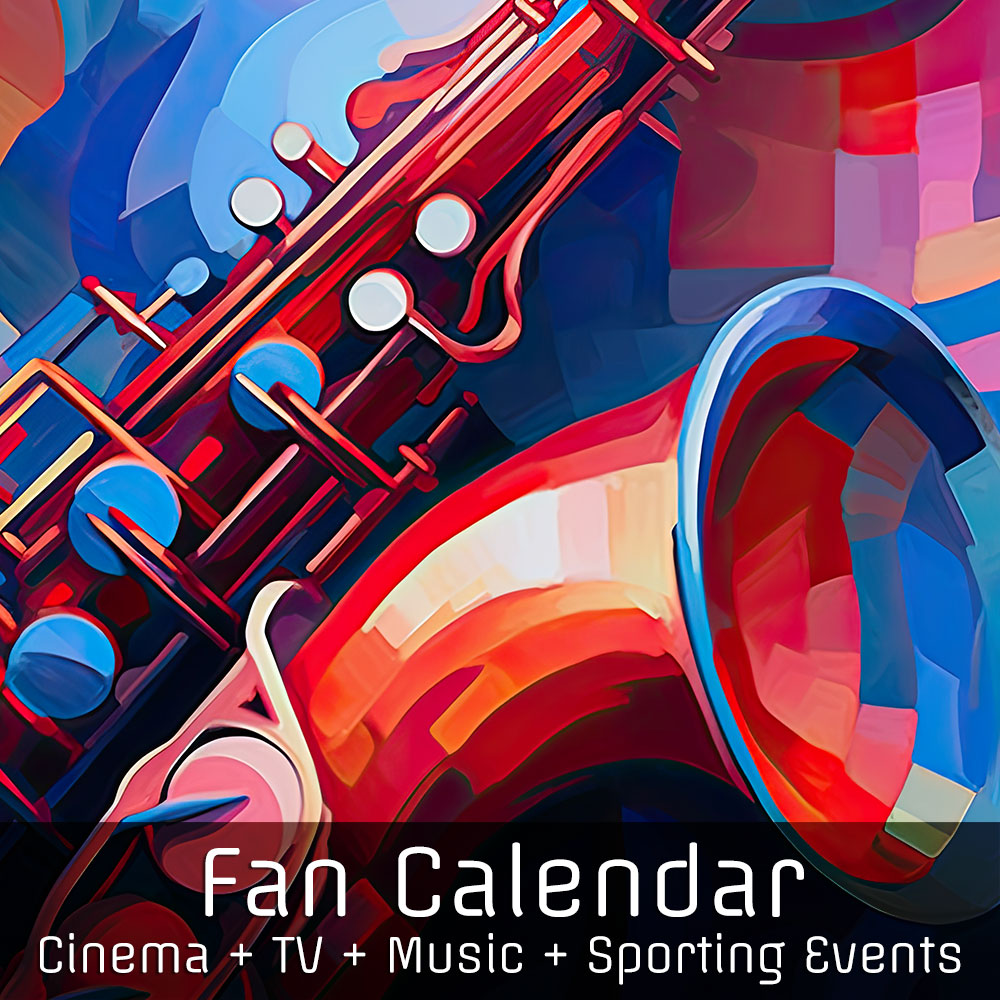






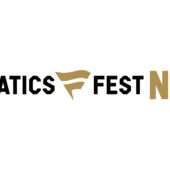



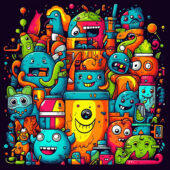
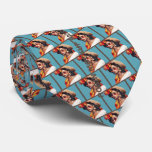
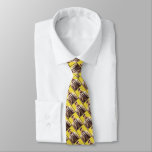
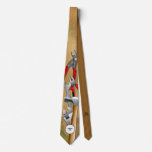
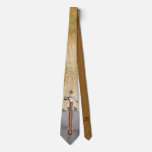


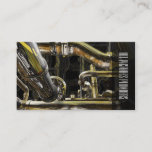

![Scooby Doo Balloon and Geisha at 2012 National Cherry Blossom Parade and Festival Photo [210809-0005]](https://www.filmfetish.com/img/p/2021/08/210809-0005-11x85-web-170x170.jpg)
![Taxi TV Series Cast Publicity Photo [210906-0075]](https://www.filmfetish.com/img/p/2021/12/210906-0075-taxi-tv-series-cast-11x85-web-170x170.jpg)
![Adult Film Star Letha Weapons Photo [221010-26]](https://www.filmfetish.com/img/p/2022/11/221010-26-letha-weapons-85x11-web-170x170.jpg)
![Times Square New York City at Night 1978 Photo Print [210523-0002]](https://www.filmfetish.com/img/p/2021/08/210523-0002-19x13-web-170x170.jpg)







